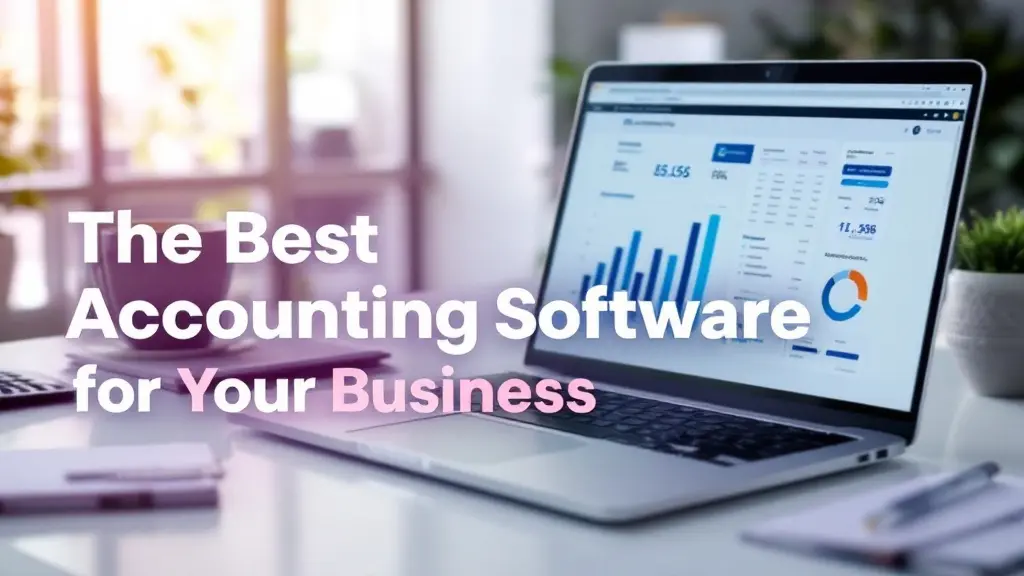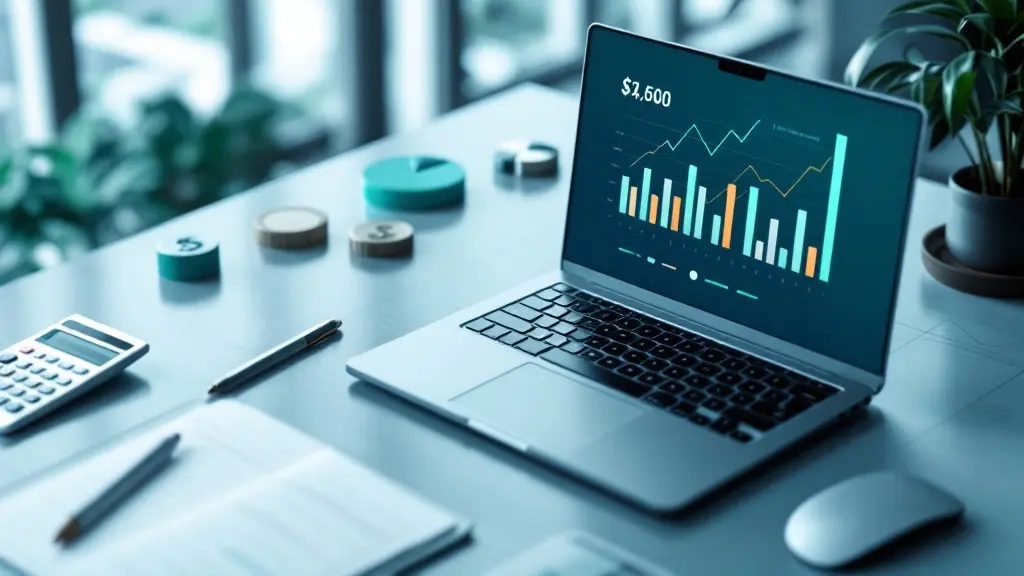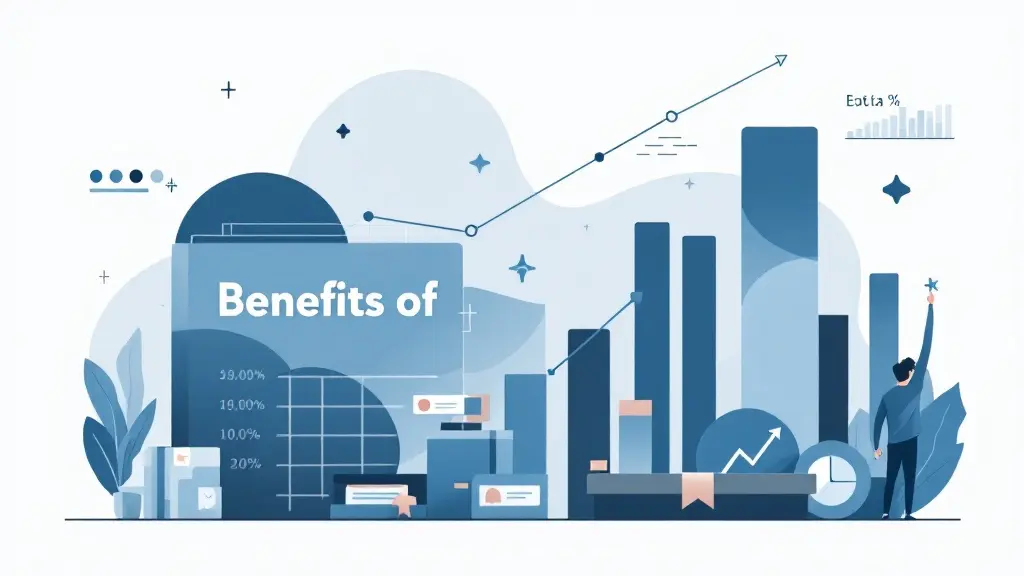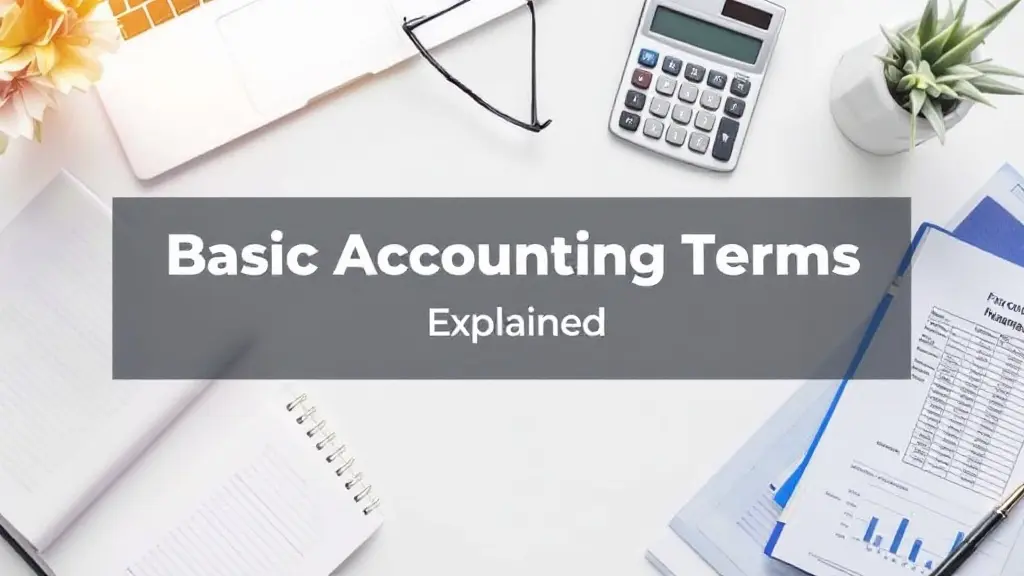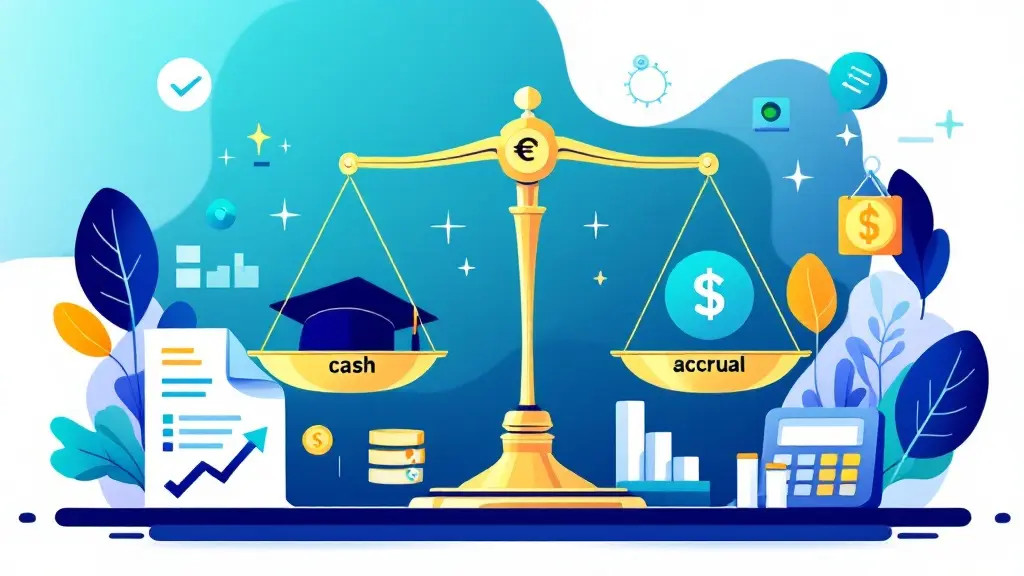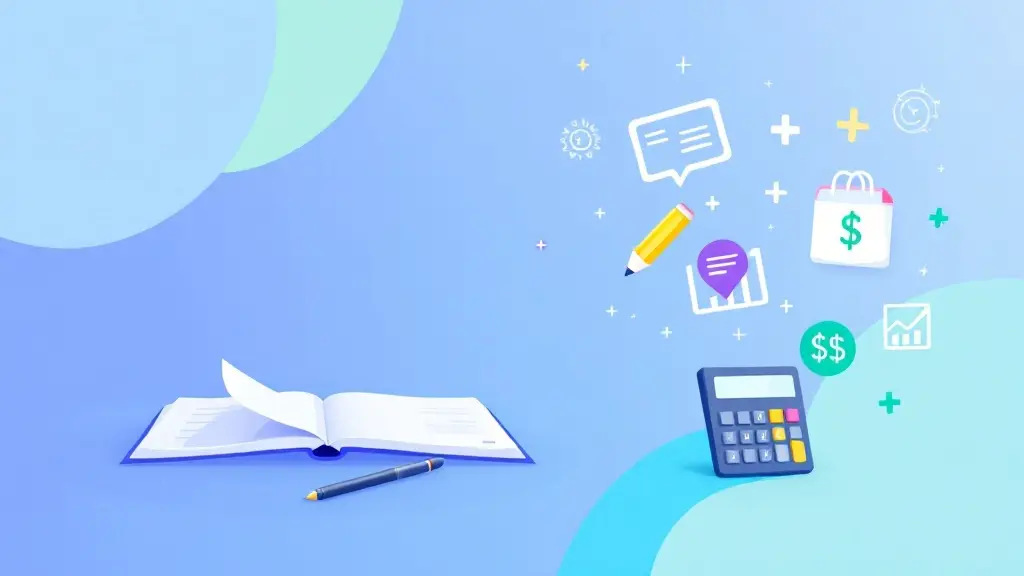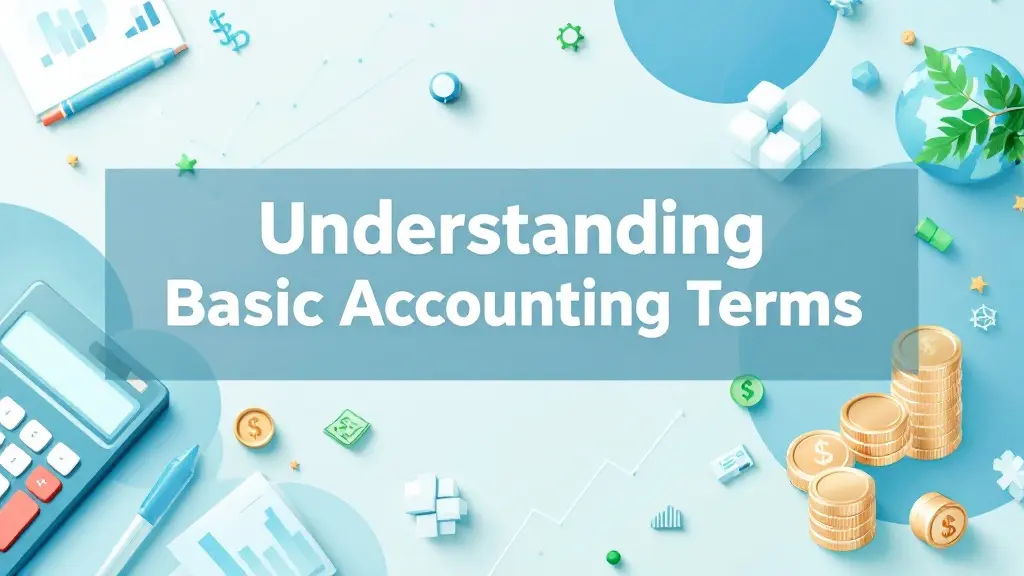Balance Sheet Picture: A Complete Guide to Understanding and Analyzing a Balance Sheet
Table of Contents
Most Read
[fusion_dropcap class="fusion-content-tb-dropcap"]T[/fusion_dropcap]he balance sheet is one of the fundamental financial statements that every business needs to track its financial health. It provides a snapshot of a company’s financial position at a given point in time, showing what it owns (assets), what it owes (liabilities), and the owner’s equity. Understanding the structure and significance of a balance sheet is essential for business owners, investors, accountants, and anyone interested in financial management.
In this article, we’ll dive into what a balance sheet is, how to read it, and what the numbers really mean for your business. We’ll also explain how the balance sheet picture can provide valuable insights that can help you make better business decisions.
What is a Balance Sheet?
A balance sheet is essentially a financial statement that summarizes a company’s assets, liabilities, and equity at a specific point in time. It gives a clear picture of what the business owns and owes, providing a basis for understanding its financial stability and liquidity. The balance sheet adheres to the accounting equation:
Assets = Liabilities + Owner’s Equity
In simple terms, this means that a company’s assets must equal the sum of its liabilities and owner’s equity. This equation helps ensure that all financial data is balanced and correctly aligned.
The Basic Structure of a Balance Sheet
A balance sheet typically follows a simple format, divided into two main sections: Assets on the left side and Liabilities and Equity on the right. Each of these sections is further broken down into current and non-current items.
1. Assets: What the Company Owns
Assets are everything the company owns that has value. Assets can be further classified into two categories:
a. Current Assets: Current assets are assets that are expected to be converted into cash or used up within a year. Common current assets include:
- Cash and Cash Equivalents: Money in hand and in the bank.
- Accounts Receivable: Amounts owed to the business by customers.
- Inventory: Goods that are ready for sale or raw materials to be used in production.
- Prepaid Expenses: Payments made in advance for services to be received in the future.
b. Non-Current Assets: Non-current assets are long-term investments that cannot be quickly converted into cash. They typically have a longer useful life. Examples include:
- Property, Plant, and Equipment (PPE): Tangible assets like buildings, machinery, and land.
- Intangible Assets: Non-physical assets such as patents, trademarks, and goodwill.
- Investments: Long-term investments in stocks, bonds, or other entities.
2. Liabilities: What the Company Owes
Liabilities are the financial obligations that the company must pay in the future. Like assets, liabilities are divided into two categories:
a. Current Liabilities: Current liabilities are debts that must be settled within one year. Examples include:
- Accounts Payable: Amounts owed to suppliers for goods or services received.
- Short-Term Loans: Loans or lines of credit that are due within a year.
- Accrued Expenses: Expenses that have been incurred but not yet paid, such as wages or taxes.
b. Non-Current Liabilities: Non-current liabilities are long-term obligations that are due after one year. These include:
- Long-Term Debt: Loans or bonds payable over a period longer than a year.
- Deferred Tax Liabilities: Taxes that are owed but will be paid in the future.
3. Owner’s Equity: The Net Worth of the Business
Owner’s equity represents the owner’s interest in the business after all liabilities have been subtracted from the assets. It reflects the company’s net worth. Components of owner’s equity may include:
- Capital Invested: The initial or additional investment made by the owners or shareholders.
- Retained Earnings: Profits that have been reinvested into the business rather than distributed to shareholders.
- Shareholder Equity: For corporations, this includes common stock, preferred stock, and retained earnings.
How to Read a Balance Sheet Picture?
When looking at a balance sheet, it’s important to not only understand what the numbers mean but also how to interpret the financial health of the business. Here are a few things to keep in mind when analyzing a balance sheet:
1. Liquidity: How Quickly Can the Company Pay Its Debts?
Liquidity refers to how easily a company can turn its assets into cash to meet its short-term obligations. A business with more current assets than current liabilities is considered liquid. To measure liquidity, financial ratios such as the current ratio and quick ratio can be used.
- Current Ratio = Current Assets / Current Liabilities
- Quick Ratio = (Current Assets – Inventory) / Current Liabilities
A current ratio greater than 1 suggests that the company has enough assets to cover its short-term liabilities. A quick ratio greater than 1 is even better, as it excludes inventory, which might not be as easily converted to cash.
2. Solvency: Is the Company Financially Stable in the Long-Term?
Solvency is about whether a business has enough assets to cover all of its liabilities in the long term. If a company has more liabilities than assets, it could be at risk of financial instability. The debt-to-equity ratio is a key metric to assess solvency:
- Debt-to-Equity Ratio = Total Liabilities / Shareholders’ Equity
A high debt-to-equity ratio could indicate that the company is relying too much on borrowed money, which might be risky in times of economic downturns.
3. Profitability: Is the Company Making a Profit or Losing Money?
Although a balance sheet itself doesn’t show the profit and loss, the relationship between assets and liabilities can give clues about profitability. If the company is heavily invested in assets that generate income, such as property or equipment, it could indicate a good foundation for future profits.
Why is the Balance Sheet Important?
The balance sheet offers several key benefits to business owners, managers, investors, and creditors. Here are a few reasons why it is so important:
1. Decision-Making for Business Owners
For business owners, the balance sheet helps you understand the overall financial health of the business. Are you carrying too much debt? Do you have enough cash flow to meet your obligations? Is your business growing or shrinking? These insights are crucial for making informed decisions about expansion, investment, or even cutting costs.
2. Investment and Lending Decisions
Investors and lenders use balance sheets to evaluate whether a company is a good investment or whether it can repay loans. For example, if a company has a strong balance sheet with high levels of equity and low liabilities, it may be seen as a less risky investment.
3. Monitoring Financial Health
The balance sheet provides a clear, at-a-glance view of the company’s financial health. By comparing balance sheets over time, you can track growth in assets, liabilities, and equity, as well as identify trends that may indicate potential problems.
Conclusion: The Balance Sheet Picture Tells a Story
In conclusion, a balance sheet is much more than just a list of numbers—it tells a story of your company’s financial position at a particular point in time. Whether you’re a business owner, investor, or just someone interested in financial management, understanding the balance sheet is essential for making sound financial decisions. By closely examining assets, liabilities, and equity, you can assess the liquidity, solvency, and profitability of a company, helping you navigate your way toward business success.
Remember, a healthy balance sheet is the foundation of a successful business. Regularly reviewing and analyzing your balance sheet will help you stay on top of your financial situation and make informed, strategic decisions.
